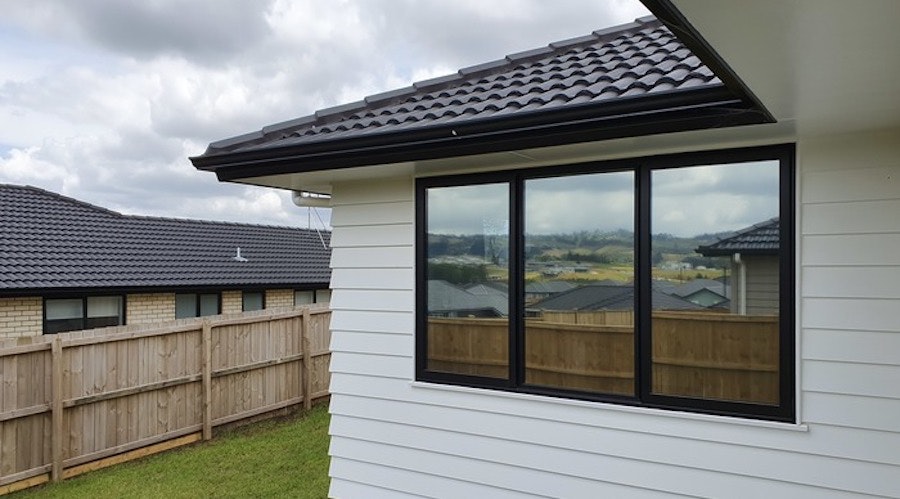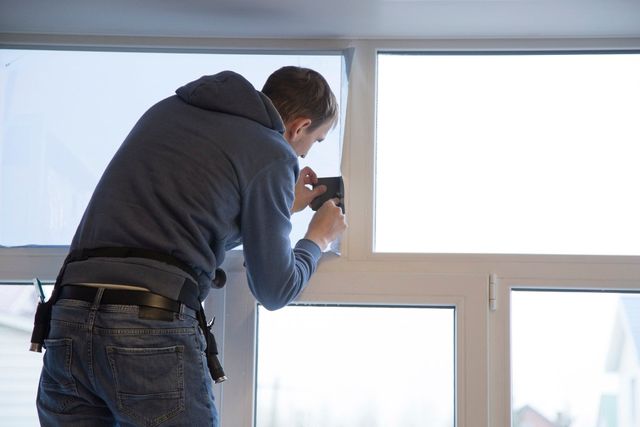Residential Window Tint: Increase Safety and Include a Layer of Protection
Residential Window Tint: Increase Safety and Include a Layer of Protection
Blog Article
How Residential Home Window Tinting Improves Your Home's Power Efficiency
Residential home window tinting provides an engaging solution for house owners looking for to enhance power effectiveness within their living spaces. By using specialized films to home windows, it successfully reduces warmth transfer, thereby maintaining indoor temperatures and minimizing the requirement for excessive home heating or cooling. This not only cuts power consumption however likewise gives a more comfy setting by mitigating glow. Nonetheless, recognizing the nuances of exactly how tinting jobs and selecting the proper kind for your home can be pivotal. Curiously, what aspects should one take into consideration before making this investment?
Comprehending Window Tinting
Comprehending window tinting is vital for house owners looking for to improve both comfort and energy effectiveness in their living areas. Residential Window Tint. Window tinting includes the application of a thin film to the inside or outside surface area of glass home windows. This film can considerably modulate the quantity of sunshine and warm that goes into a home, therefore influencing interior climate problems
There are various kinds of window tinting movies offered, each with distinct homes. The effectiveness of window tinting is commonly measured by its Visible Light Transmission (VLT) percent, which shows how much light can pass via the film.
Advantages of Energy Effectiveness
Window tinting not just enhances aesthetics however also plays a significant role in boosting energy performance within residential areas. By decreasing heat transfer with home windows, colored films create a much more secure indoor environment, which can lead to considerable decreases in energy usage for cooling and heating. This energy performance translates into reduced energy expenses, offering property owners with considerable lasting savings.

Additionally, home window tinting improves the comfort of living rooms. By lessening glow and obstructing damaging UV rays, tinted home windows create an even more enjoyable environment, which can cause improved health for passengers. The protection against UV rays also aids protect furnishings and flooring from fading, adding to the durability of household things.
How Tinting Functions
Tinting films run via a combination of innovative materials and modern technologies developed to regulate the amount of solar power entering a home. Mostly made up of polyester, these films usually integrate ceramic or metal bits that mirror and soak up warmth. This dual ability permits them to considerably minimize the penetration of ultraviolet helpful resources (UV) rays and infrared radiation while allowing visible light to travel through.
The performance of home window tinting is determined by its solar warm gain coefficient (SHGC), which suggests just how much solar power is sent via the home window. Reduced SHGC worths are more suitable as they signify better warmth being rejected. In addition, window tints can feature a range of shades, permitting house owners to customize their aesthetic preferences while improving power find more efficiency.
In addition, these movies act as a barrier, protecting against warm loss during colder months by reflecting interior warmth back right into the home. This thermal insulation impact matches the air conditioning advantages gotten throughout warmer months, adding to a well balanced interior environment year-round. By taking care of solar power successfully, residential window tinting not only boosts convenience yet additionally plays a crucial function in minimizing power usage and reducing utility costs.
Picking the Right Color

There are various kinds of window movies offered, consisting of colored, metalized, and ceramic. Ceramic movies supply excellent heat control without jeopardizing exposure and are extremely long lasting, making them a prominent choice.
Noticeable light transmission (VLT) is one more important variable, as visit their website it suggests the amount of natural light that can go through the colored glass. House owners must pick a color with a VLT that matches their illumination choices while still supplying ample glare decrease.
Furthermore, examining the solar warm gain coefficient (SHGC) can assist figure out just how well a color can obstruct warm from sunlight. A lower SHGC indicates far better heat control, inevitably boosting energy efficiency.
Installment and Maintenance Tips
Proper installment and maintenance are crucial components in making best use of the benefits of property window tinting. Experts additionally use specialized techniques and tools, which can boost the resilience and performance of the tint.
Following setup, maintenance is necessary to lengthen the life of the home window movie. It is suggested to wait at least 30 days before cleaning up the colored home windows to enable the glue to heal totally.
Attending to these issues promptly can prevent additional damage and keep energy effectiveness. By sticking to these installation and upkeep pointers, homeowners can guarantee their home window tinting continues to provide substantial power savings and comfort for years to come.
Conclusion
In conclusion, property window tinting functions as an efficient service for boosting energy performance within homes. By minimizing warm transfer and blocking harmful UV rays, window films contribute to lower power consumption and boosted interior comfort. The option of proper tinting products, along with appropriate installation and upkeep, further optimizes these benefits. Inevitably, window tinting represents a lasting investment that not just lowers energy bills however also advertises a comfy living atmosphere throughout the year.
Home window tinting involves the application of a thin film to the inside or outside surface of glass windows. By decreasing warm transfer via home windows, colored movies produce a more secure interior environment, which can lead to substantial reductions in power usage for home heating and cooling.The efficiency of window tinting is gauged by its solar heat gain coefficient (SHGC), which shows just how much solar power is transmitted with the home window. By handling solar power properly, residential home window tinting not only boosts comfort however also plays a vital duty in lowering energy intake and lowering energy costs.
By minimizing warmth transfer and obstructing harmful UV rays, window movies add to reduce power intake and boosted interior convenience.
Report this page